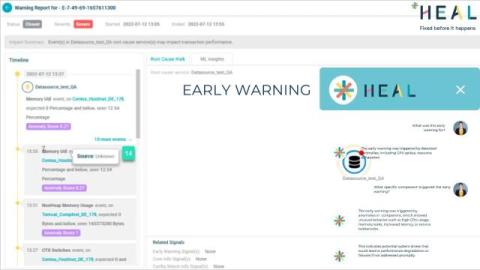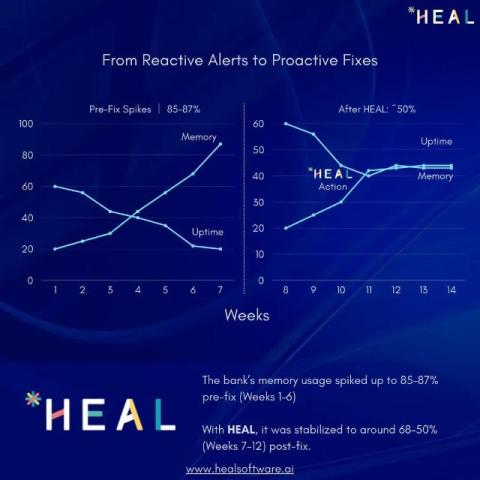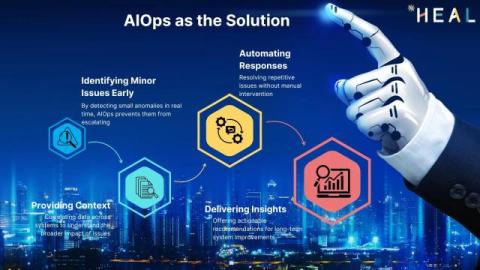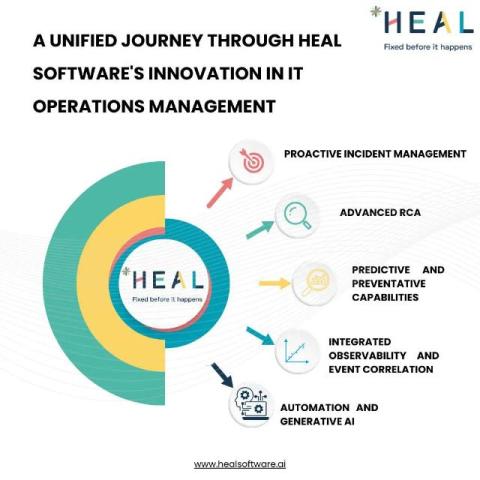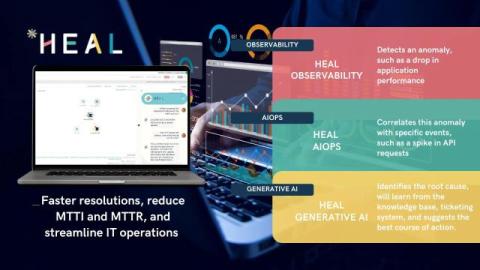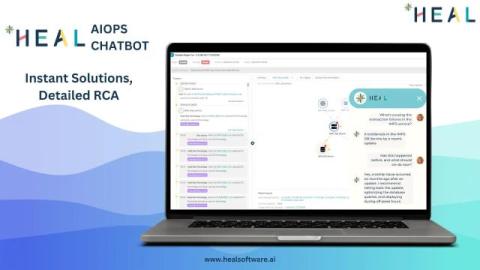Early Warning in AIOps from HEAL Software: The Key to Preventing Downtime
The answer is yes. But, as with any AI solution, the reality is more nuanced. At HEAL Software, we have spent years perfecting our Early Warning feature by analyzing anonymized data from thousands of global customers and collaborating with IT leaders across industries. AIOps isn’t just a buzzword—it’s a necessity for modern enterprises looking to minimize downtime and enhance operational efficiency.


